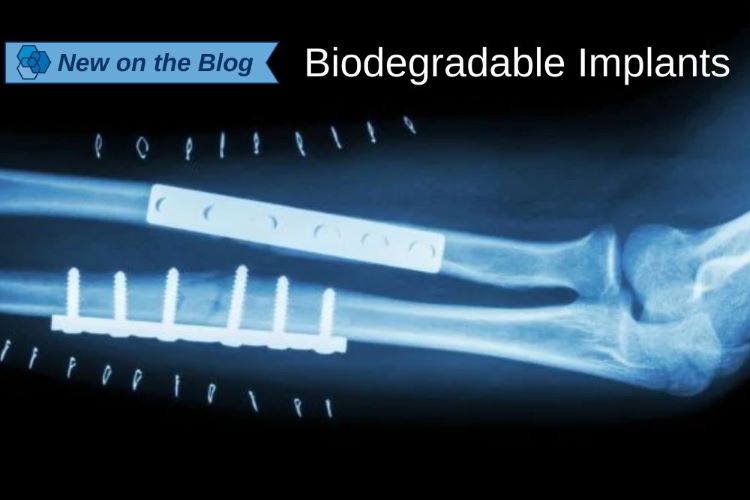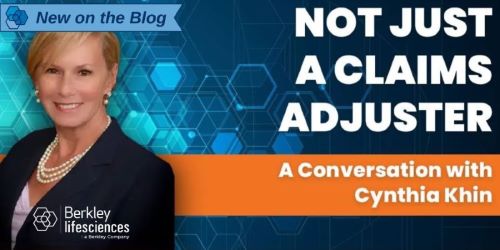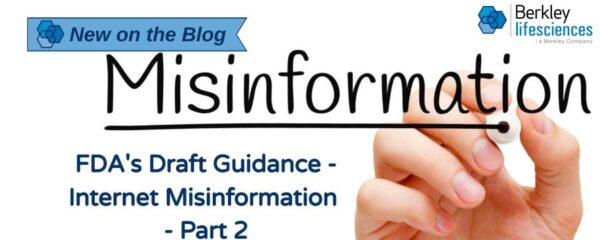Singular Focus, Purpose-Built Solutions: Your Partner in Life Science Insurance
Berkley Life Sciences is solely dedicated to providing premiere insurance coverage for today’s top life sciences companies.


Life Science Insurance Protecting Tomorrow’s Innovations
Comprehensive. Customized. Multinational. We provide property and casualty insurance products and services tailored to life science businesses globally. Our approach is collaborative, with underwriting, in-house claims, and risk management working in tandem to provide a complete and specialized insurance solution.
In-House Claims
From the start of the underwriting process, our in-house claims team is a true partner in your insurance experience. With extensive life science products liability claim and litigation expertise, our claims team collaborates with insureds, brokers, and our defense counsel to actively lead claims to just resolution.
The Power of Berkley
Berkley Life Sciences is one of the 55+ (re)insurance businesses worldwide that comprise the Berkley brand. Berkley is one of America’s largest commercial lines property casualty insurance providers, operating worldwide within two segments of the P&C insurance business: Insurance and Reinsurance & Monoline Excess. Each business offers expertise within an industry, product, or region.
Berkley Life Sciences is a member of W. R. Berkley Corporation, a Fortune 500 company listed on the New York Stock Exchange and is part of the S&P 500. W. R. Berkley Corporation’s insurance company subsidiaries are rated A+ (Superior), Financial Size Category XV by A.M. Best Company and A+ (Strong) by Standard & Poor’s.
Berkley’s competitive advantage lies in its long-term strategy of decentralized operations. This structure provides each Berkley business the agility of a small business—the ability to identify and respond quickly and effectively to changing market conditions and local customer needs. It provides our Berkley businesses with the strength and resources of a Fortune 500 organization as well as the financial accountability and incentives to attract and retain the highest-caliber professionals.


The Latest in Life Science

Advantages and Challenges of Biodegradable Implants
Orthopedic and oral/maxillofacial implants currently represent a combined $2.8 billion market, a figure expected to experience significant and continued growth. Although traditional permanent implants have proven clinically efficacious, they are also associated with several drawbacks, including secondary surgeries, infection, and rejection.

Not Just a Claims Adjuster – A Conversation with Cynthia Khin
Recently, Magna Legal Services, a company that provides legal support and consulting services, interviewed Berkley Life Sciences Cynthia "Cindy" Khin, Life Sciences Casualty Resolution Director. The following is their conversation about Cindy’s career path and the importance of mock trials.

FDA Draft Guidance for Misinformation – Part 2
In a previous post, we discussed the FDA’s July 2024 Draft Guidance entitled "Addressing Misinformation About Medical Devices and Prescription Drugs: Questions and Answers" (the "Draft Guidance"). The Draft Guidance suggests a purportedly voluntary pathway for drug and device sponsors, manufacturers, distributors, and other stakeholders legally responsible for the labeling of approved/cleared medical products ("firms") to respond to internet-based posts and comments in a manner consistent with existing product labeling and advertising laws.





